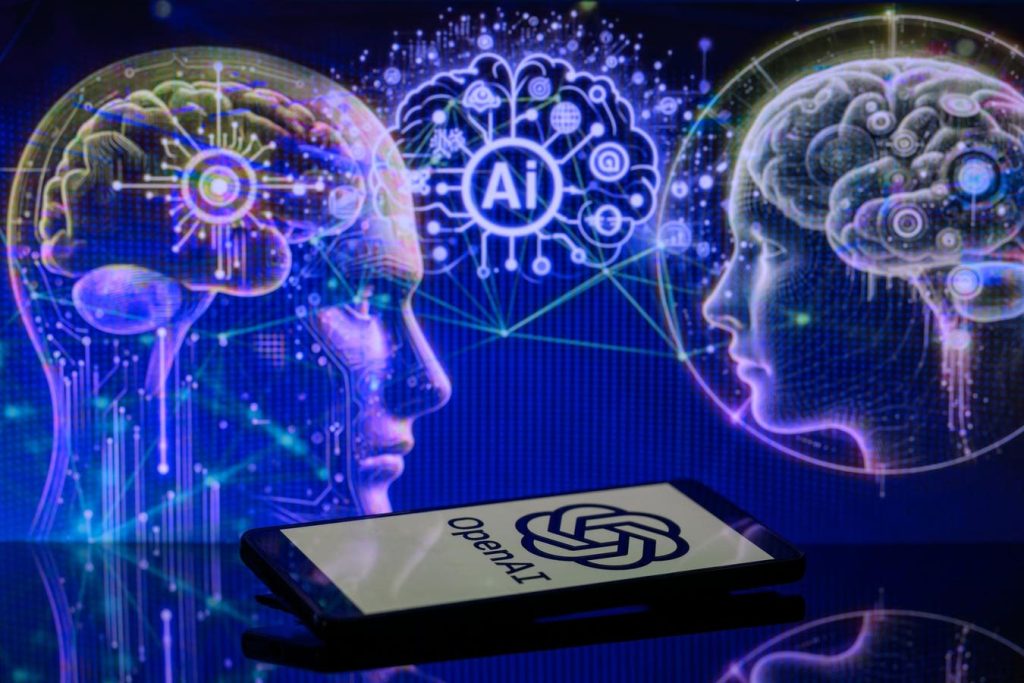Everyone is talking about it, but more importantly, everyone is using it! Beyond the buzz and prophetic speeches heard endlessly at Davos, the Consumer Electronics Show in Las Vegas, and other technology watering holes, Generative AI (GenAI) is percolating through companies in 2024.
One of our recent studies, conducted with over 13,000 people in 15 countries, shows that 82% of executives, 56% of managers, and 43% of employees (so-called white-collar workers) use GenAI in their work. This is a particularly notable jump for employees, with twice as many using ChatGPT and other large models as in 2023.
For once, good news! More than half of employees using GenAI report saving at least 5 hours a week. They expedite the most tedious and repetitive work of their professional daily lives: routine administrative functions such as reporting or the production of formatted documents (emails, sales meeting reports, bids, etc.). Over a the course of a career, these five hours per week amount to more than a year of freedom!
As AI becomes more capable, it will take over more complex tasks traditionally performed by humans. But its more immediate and widespread impact is to save time. This represents a fantastic resource. Yet few companies have figured out how to use this excess sail on the ship. Currently, employees use the time at their discretion.
Leaders need to think proactively about leveraging this time saved with AI. Replacing workers may be one option, but the AI-driven productivity gain can be put to much better use.
Leadership teams know that the topic can become explosive because it carries the seeds of a new social contract, the contours of which are still difficult to define. The precedent of working remotely, whose consequences have yet to settle, suggests all actors should be cautious.
Caution, yes, but not inaction. In all sectors, companies have launched ambitious transformation programs based on GenAI. In this race, countries of the “Global South” are advancing faster than those of the “Global North” with more marked enthusiasm among leaders, managers, employees, and citizens at large.
Rather than seeing GenAI as a cost-cutting tool to shrink workforces, smart business leaders will use GenAI to expand capacity. GenAI is not a gale force threatening to capsize the boat but a consistent and powerful current. Businesses can use it to chart new courses, explore innovative projects, and steer towards greater horizons.
In manufacturing, GenAI can optimize product designs and generate technical documentation, reducing design time by as much as 50%. GenAI’s ability to draft initial medical reports and suggest personalized treatment plans can save doctors valuable time, expanding the number of patients they care for. In the financial sector, GenAI can generate diverse economic scenarios for improved risk management. And GenAI’s capacity to generate computer code means more software development.
Aggregated across industries, the increased productivity could drive significant economic growth and improve overall quality of life. By reallocating time and resources towards creative and strategic endeavors, companies can enhance their competitive edge, create new job opportunities, and contribute to a more dynamic and resilient economic landscape.
Companies should invest in training programs to equip employees with the skills needed to work alongside GenAI. They need to redesign job roles to focus on tasks that AI cannot replicate. By removing mundane tasks, AI can enhance job satisfaction and allow employees to focus on more meaningful work.
Most of all, the negative narrative surrounding AI needs to be reframed. Instead of viewing AI as a threat, we should recognize it as a device for enhancing productivity, speeding iterative development and driving innovation.
We must see GenAI as a powerful new trade wind, sweeping across this sea of commerce. Those who let out their sails to catch it will surge ahead, while those who ignore it risk being left adrift in the doldrums.
Read the full article here






